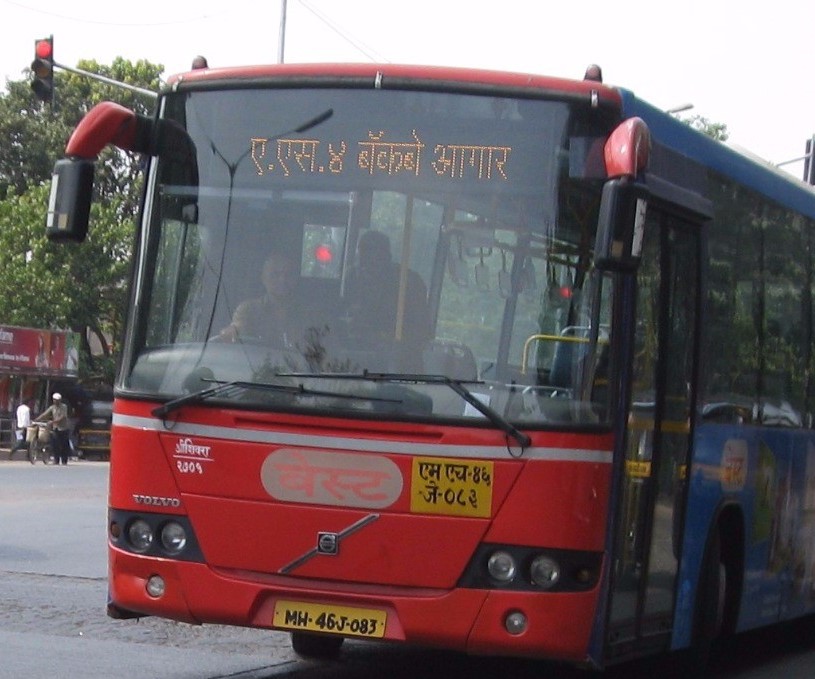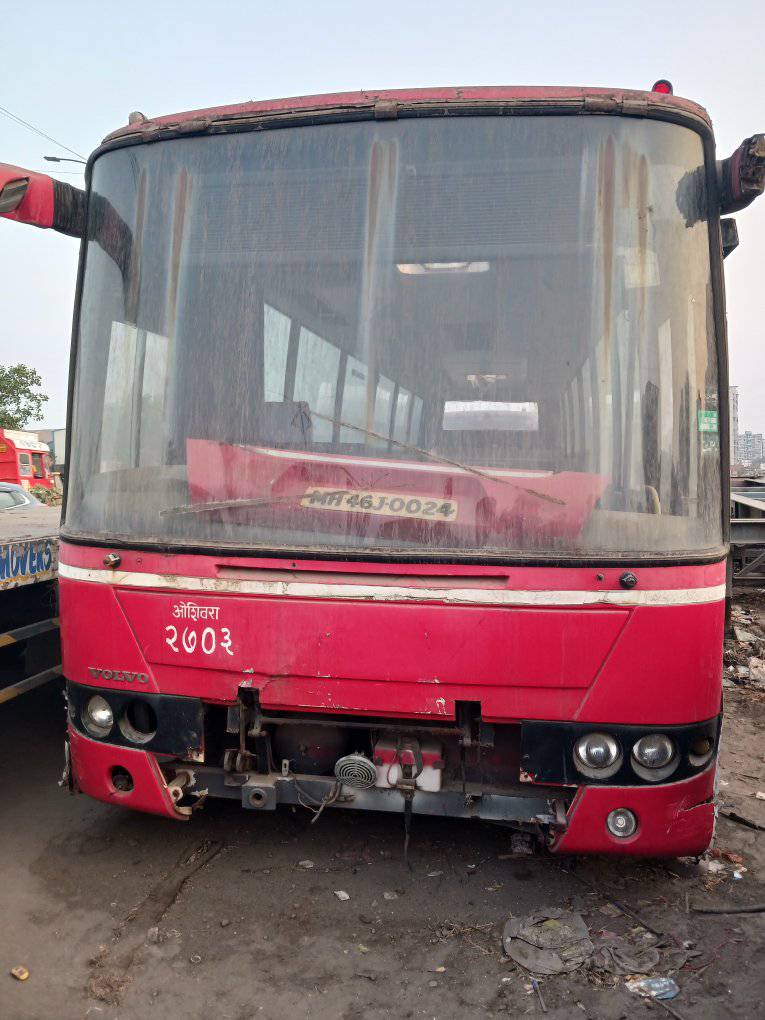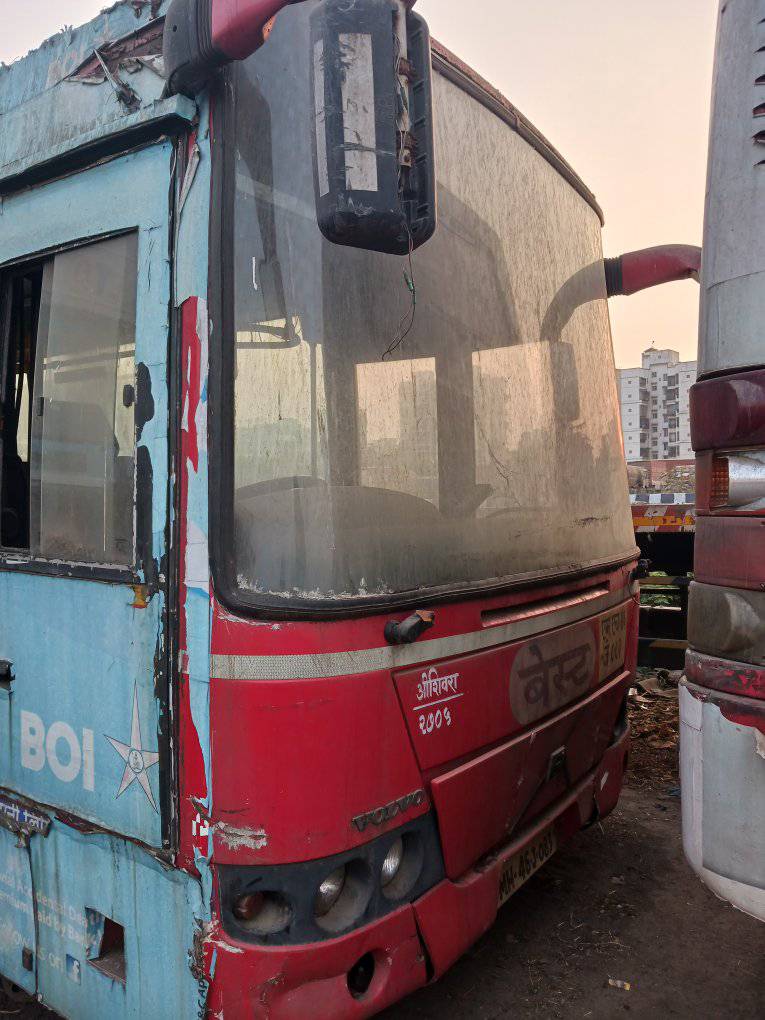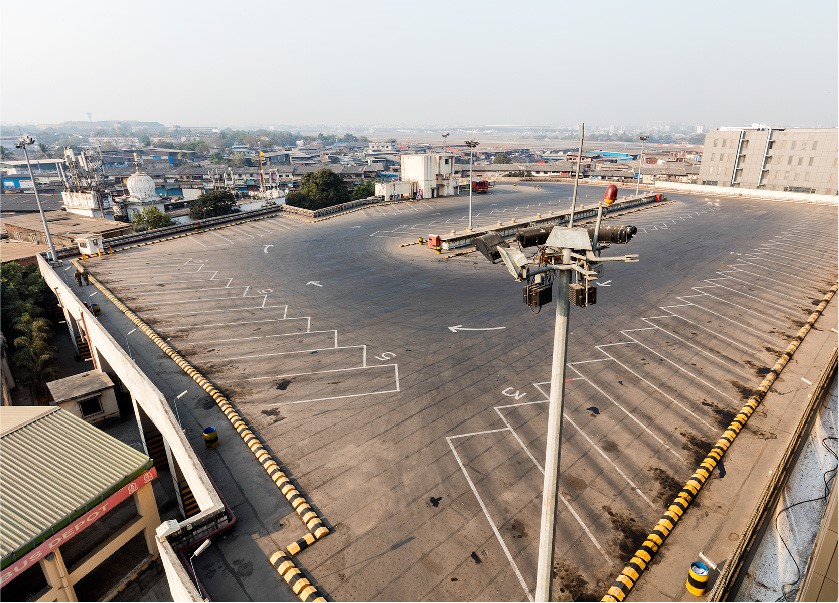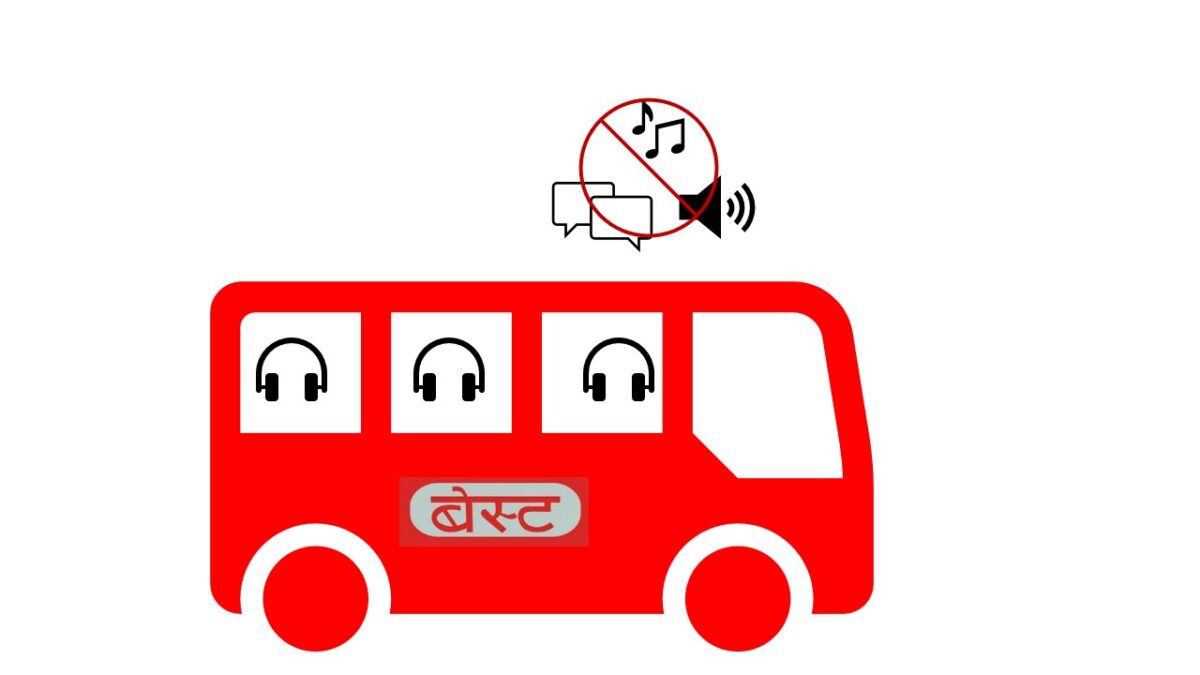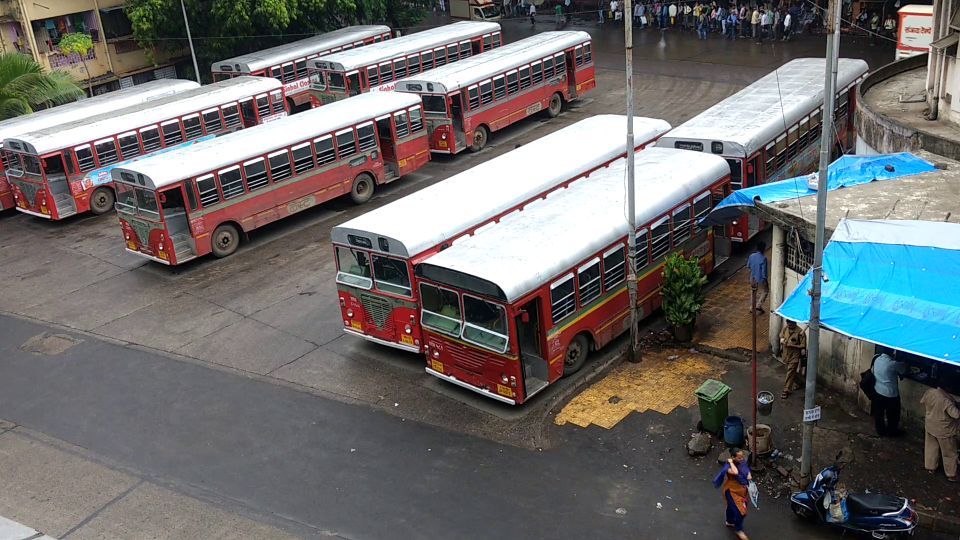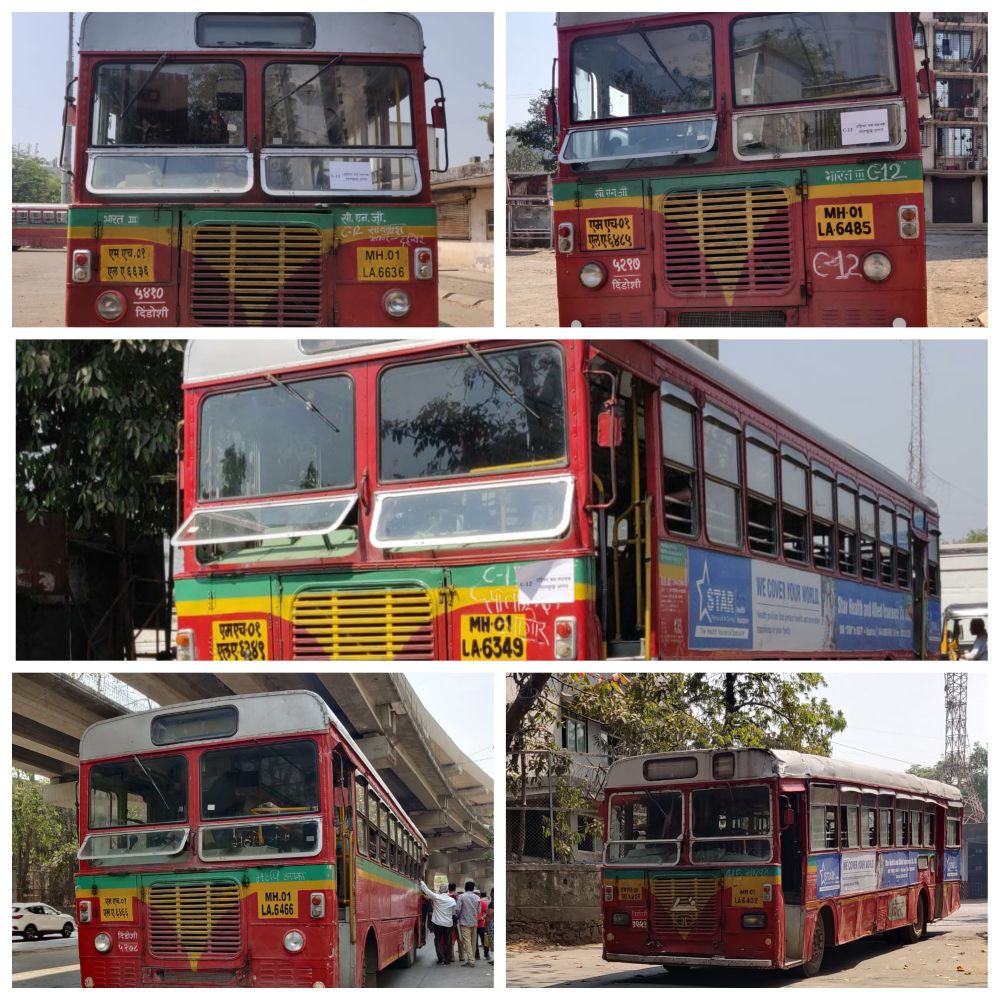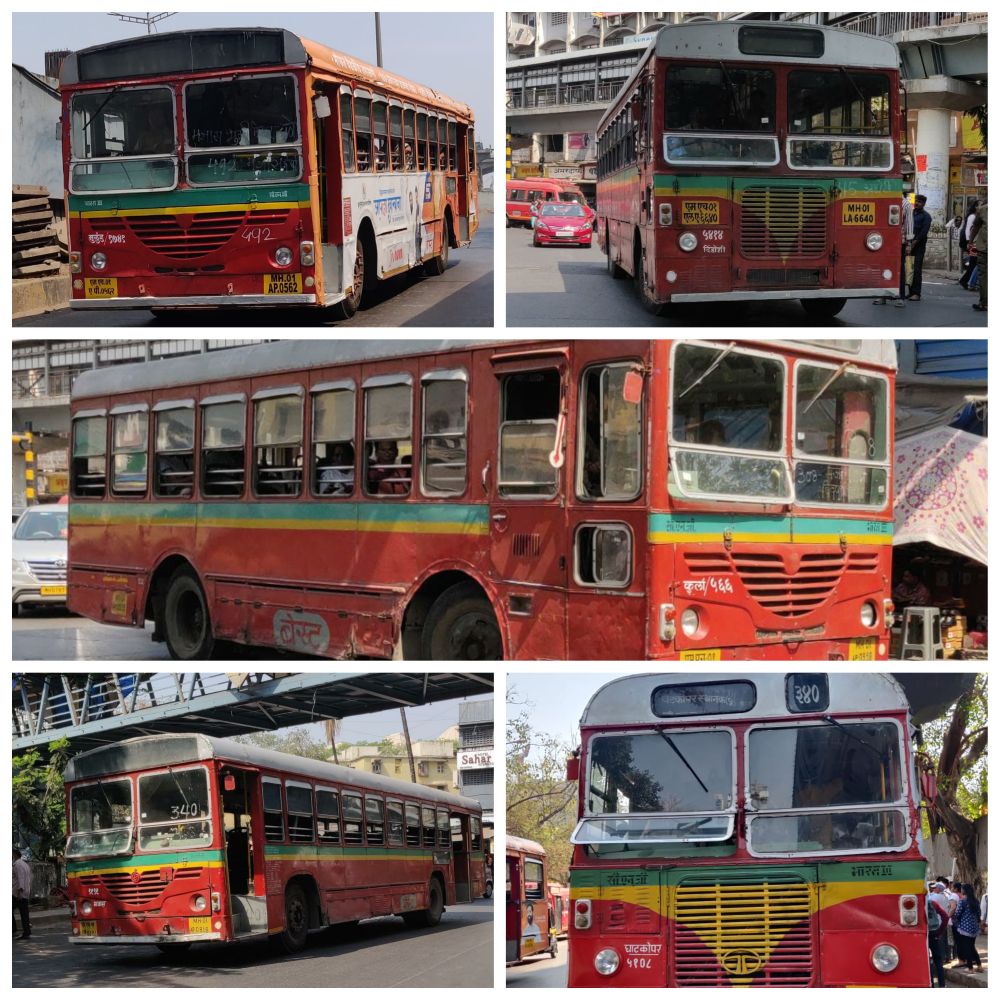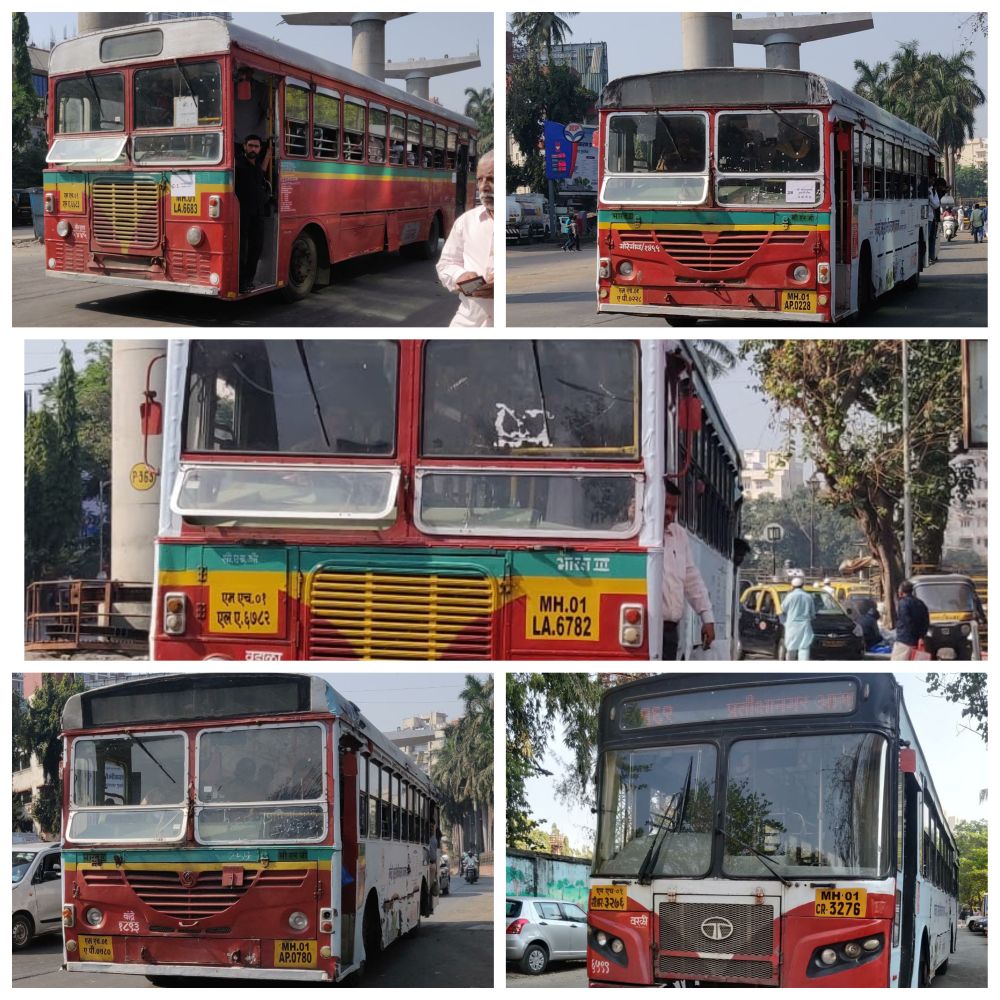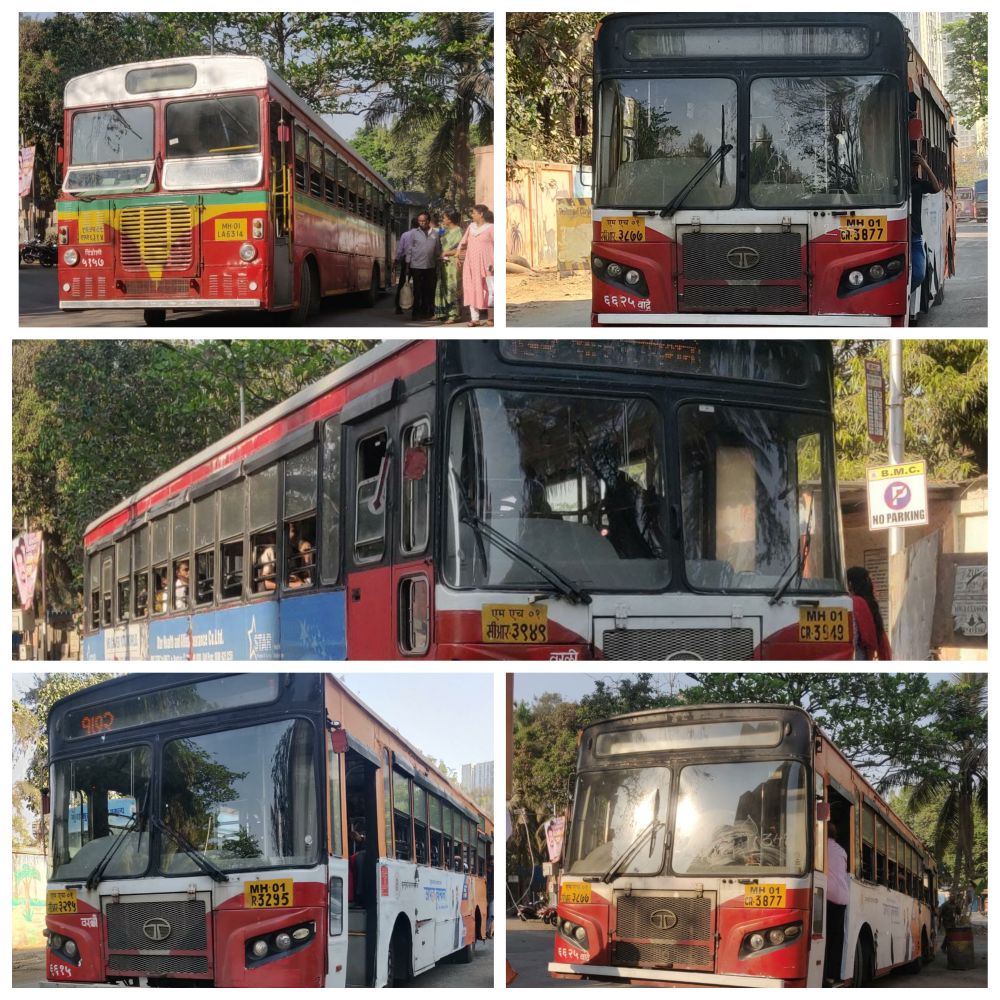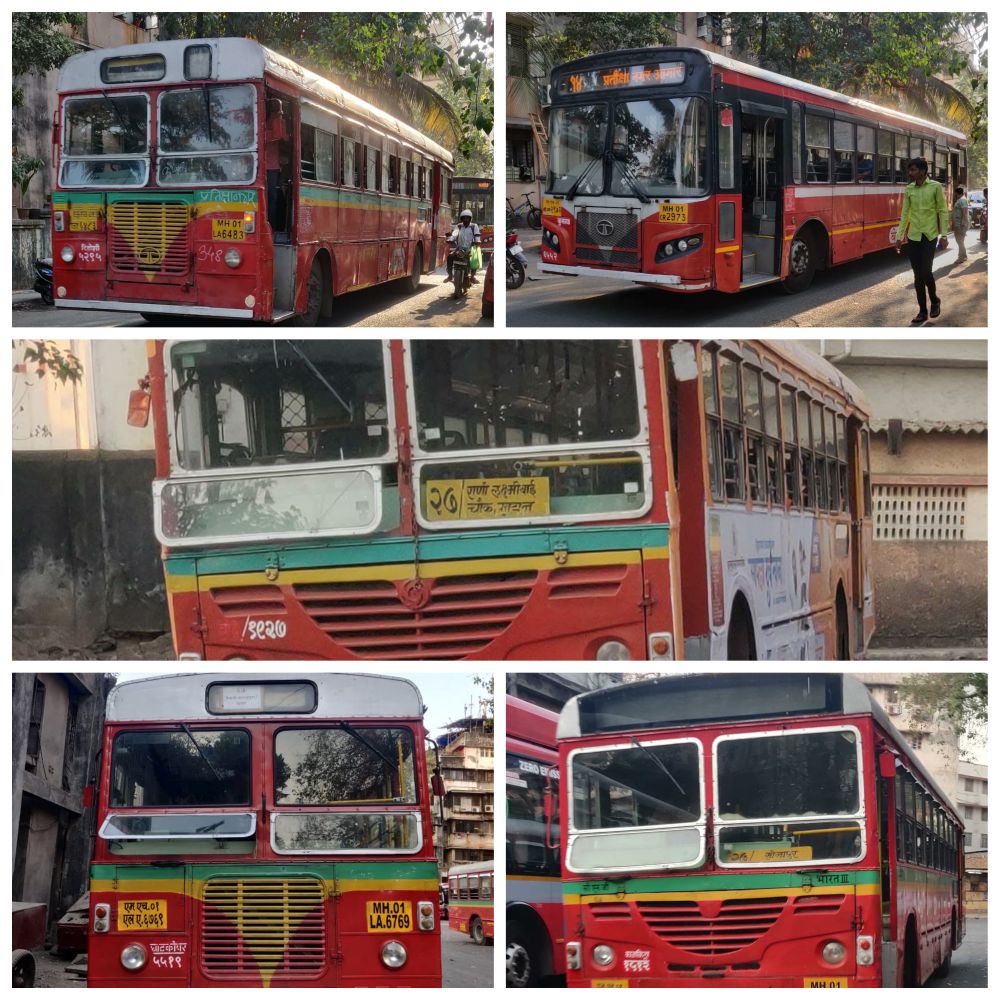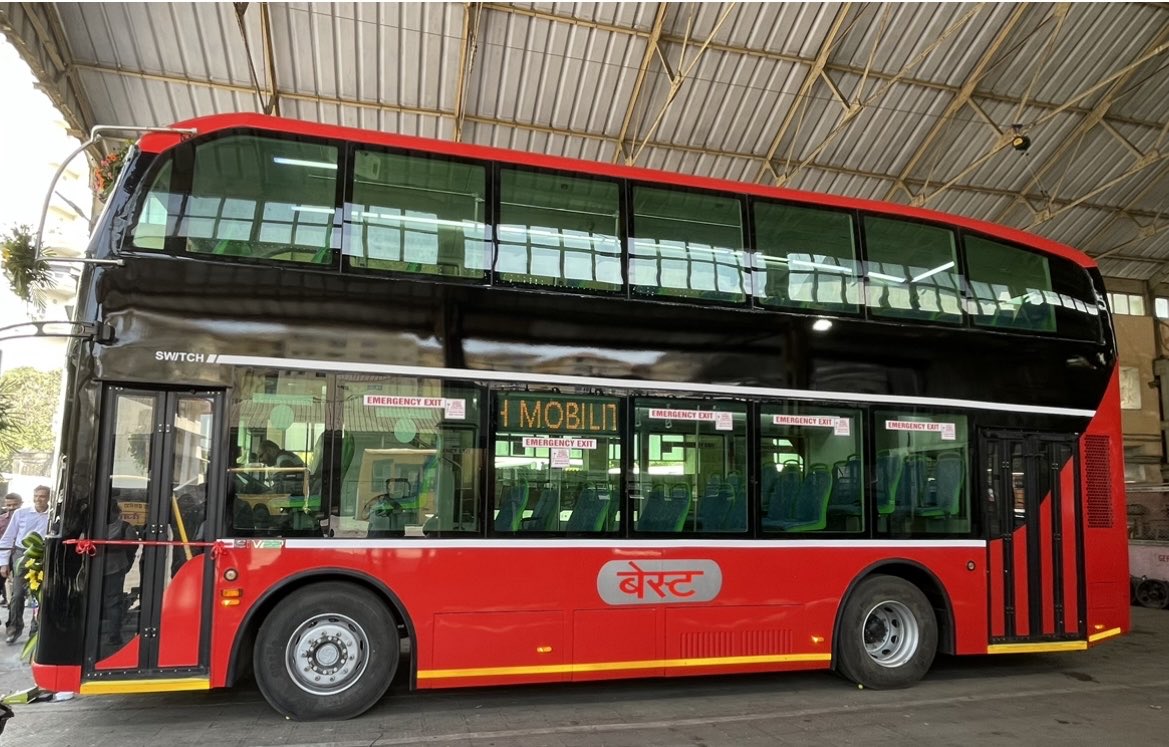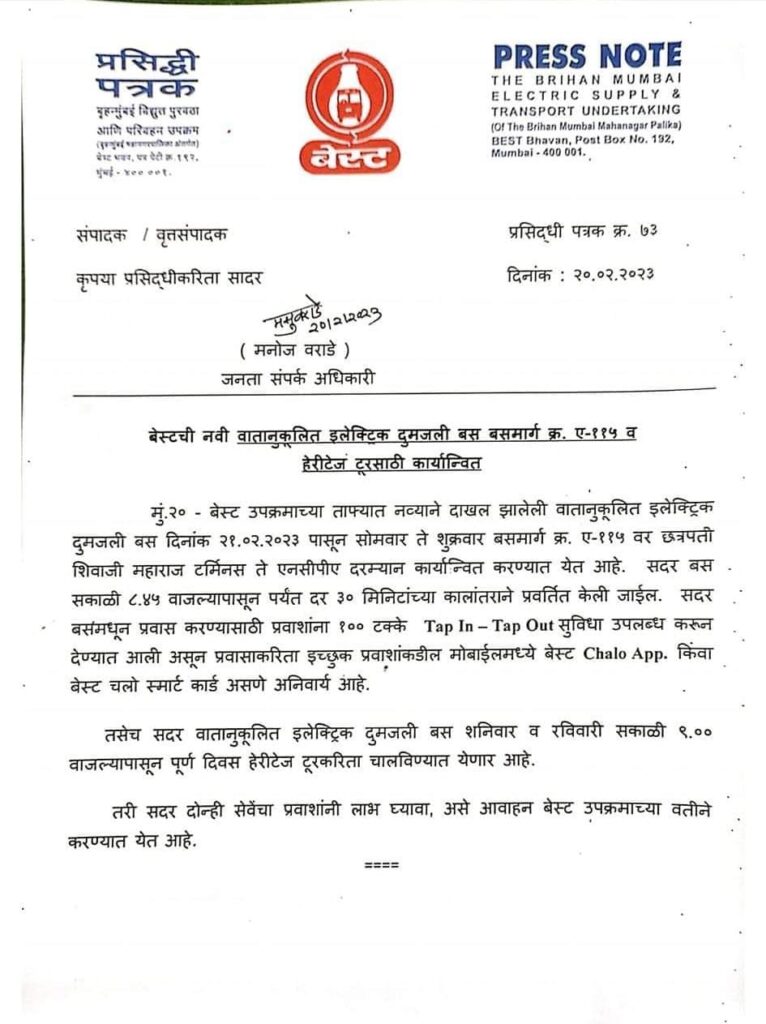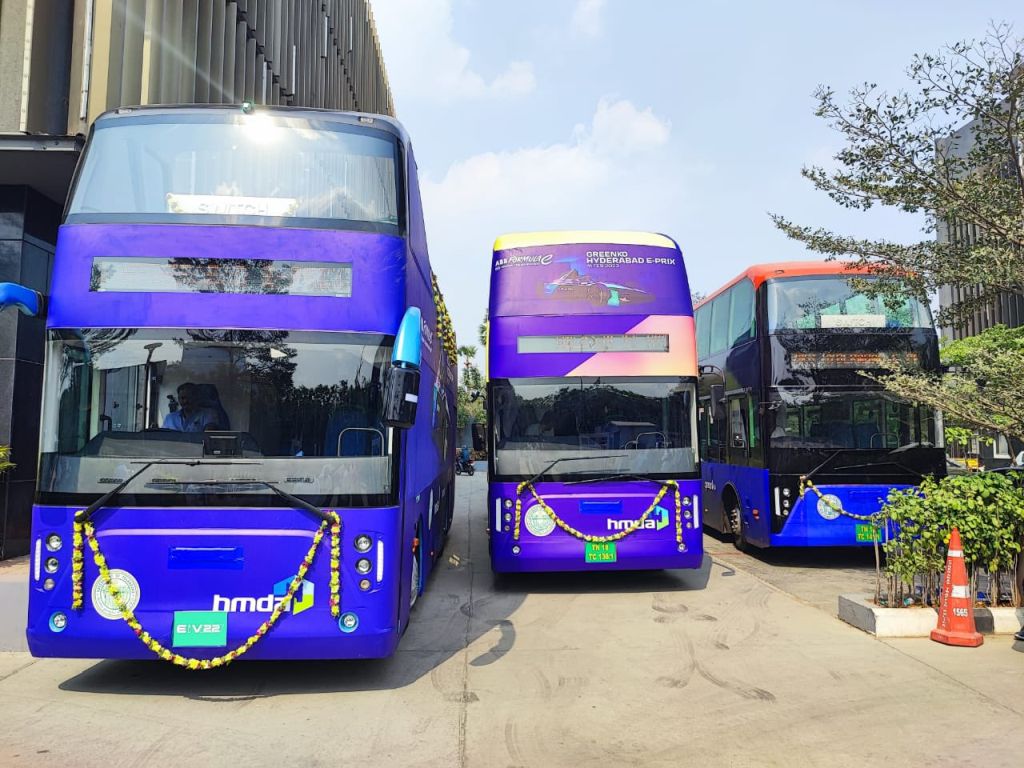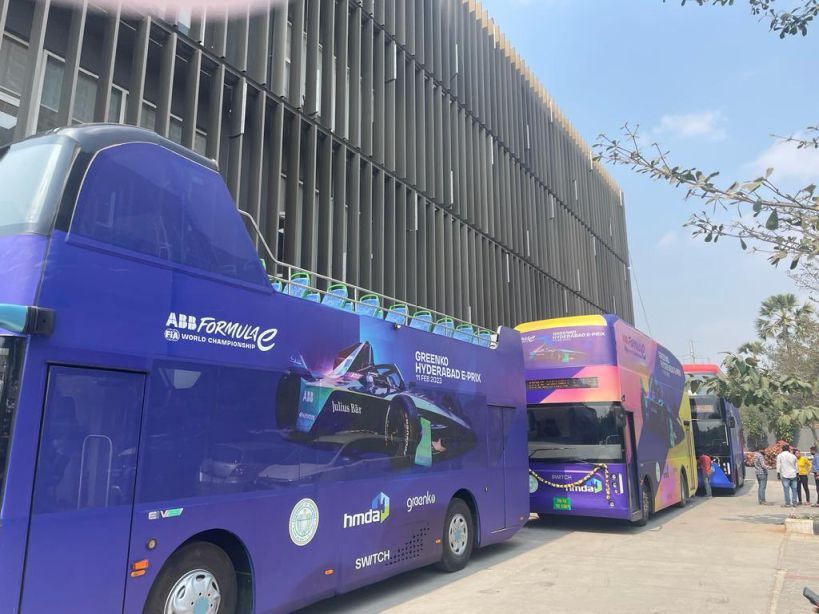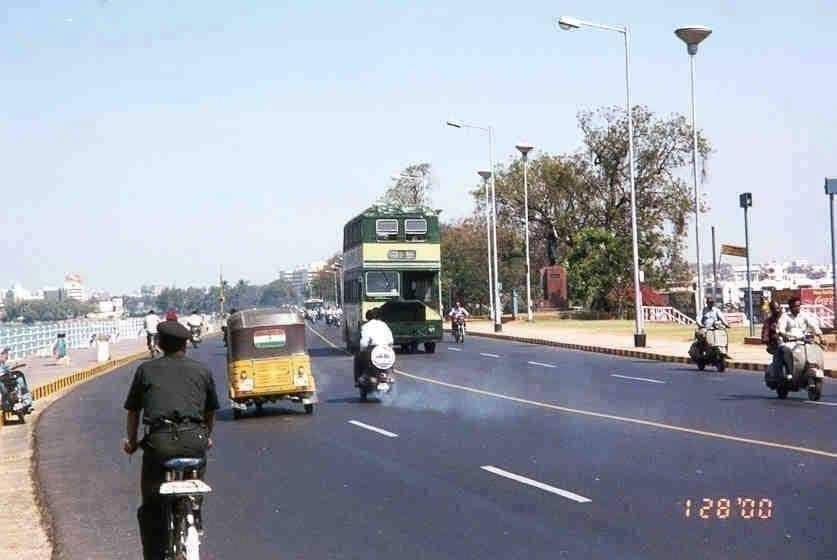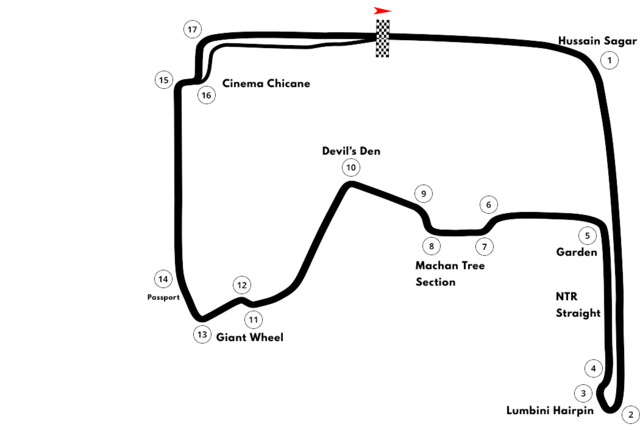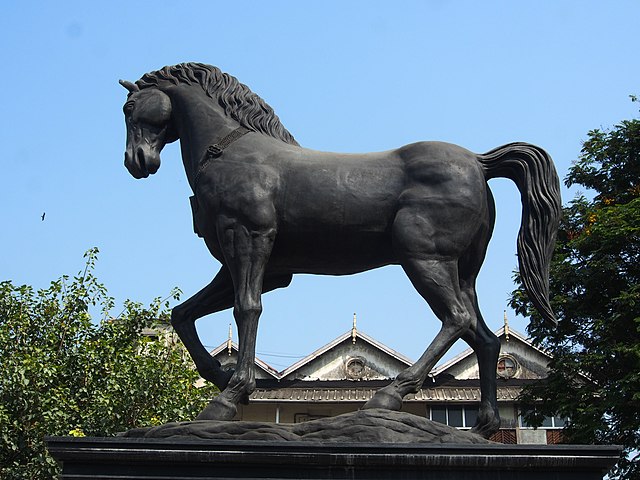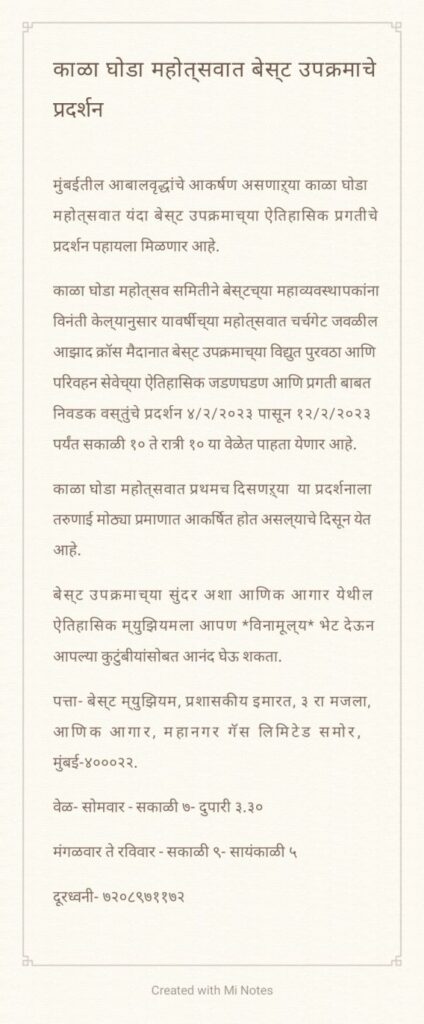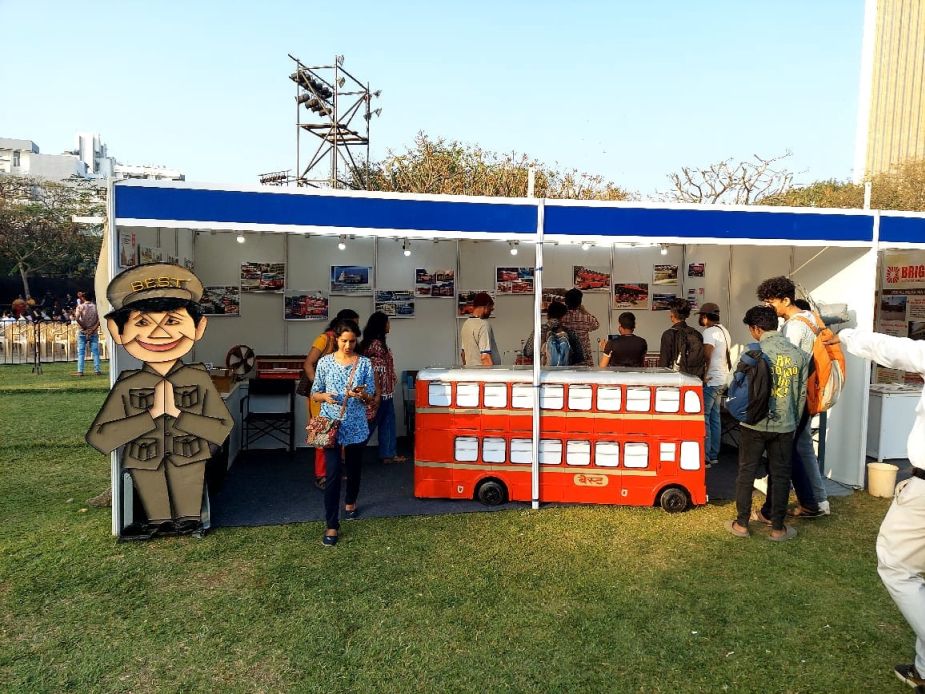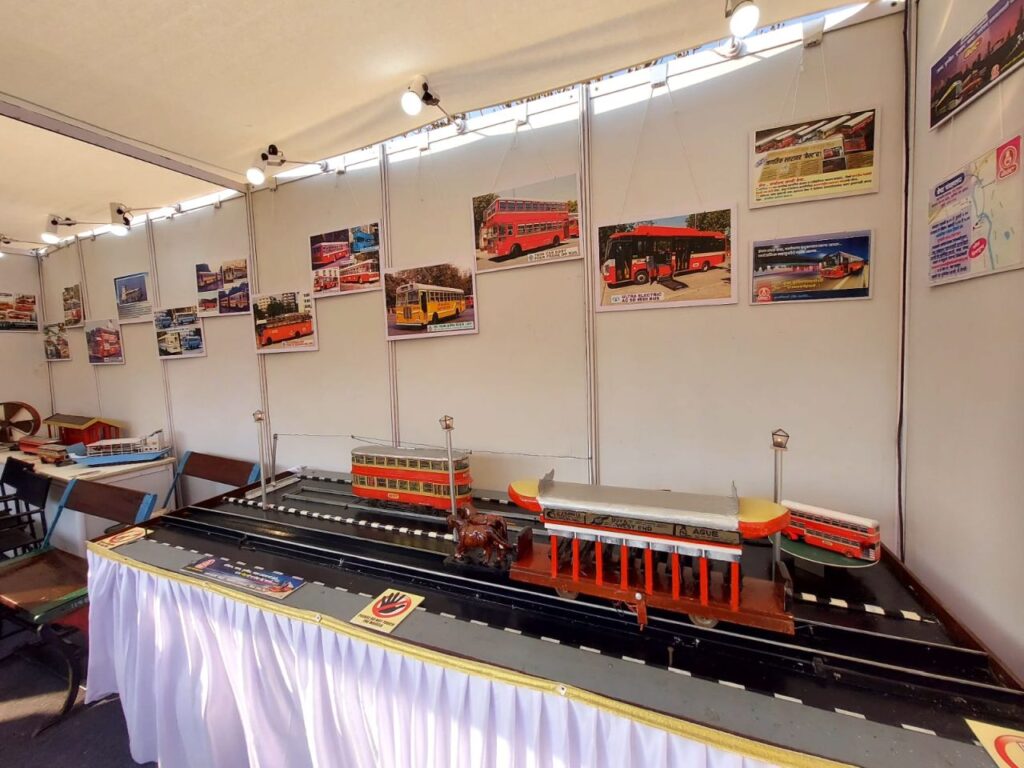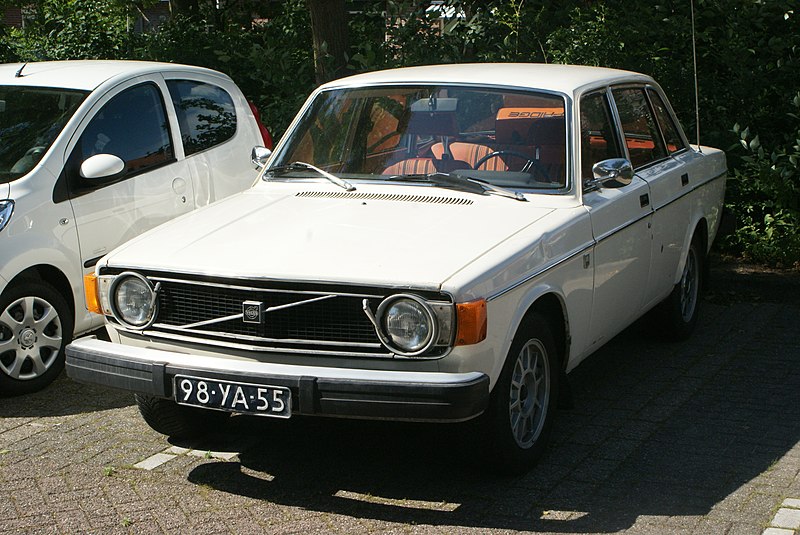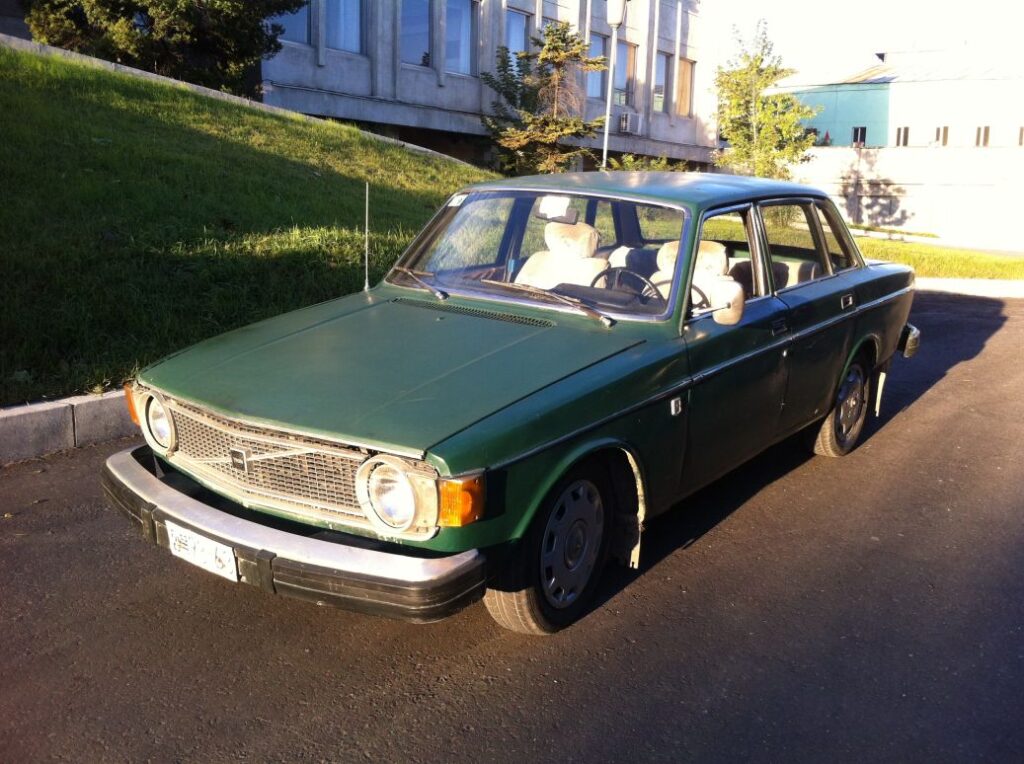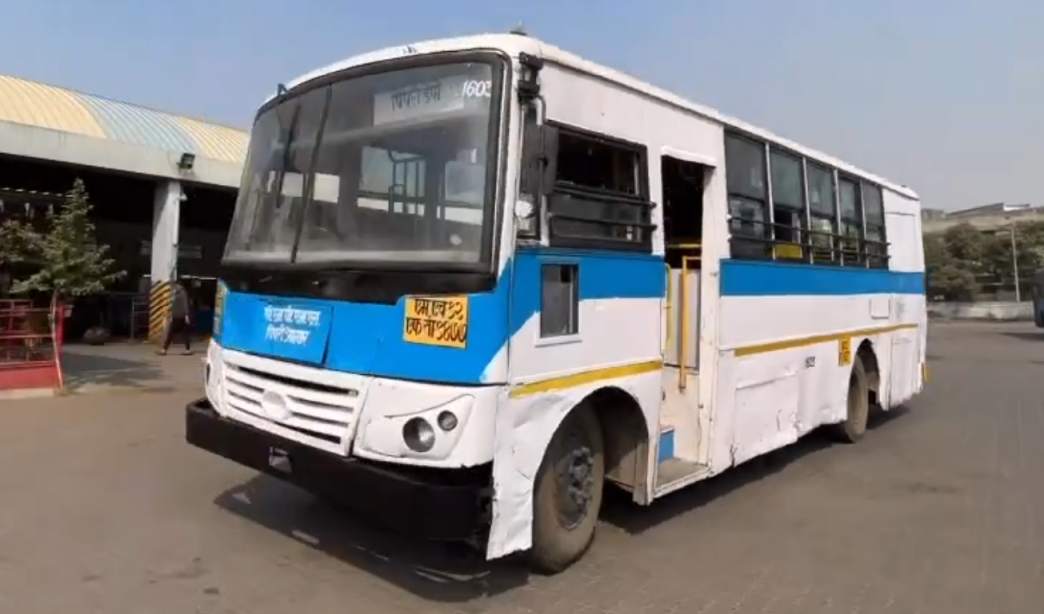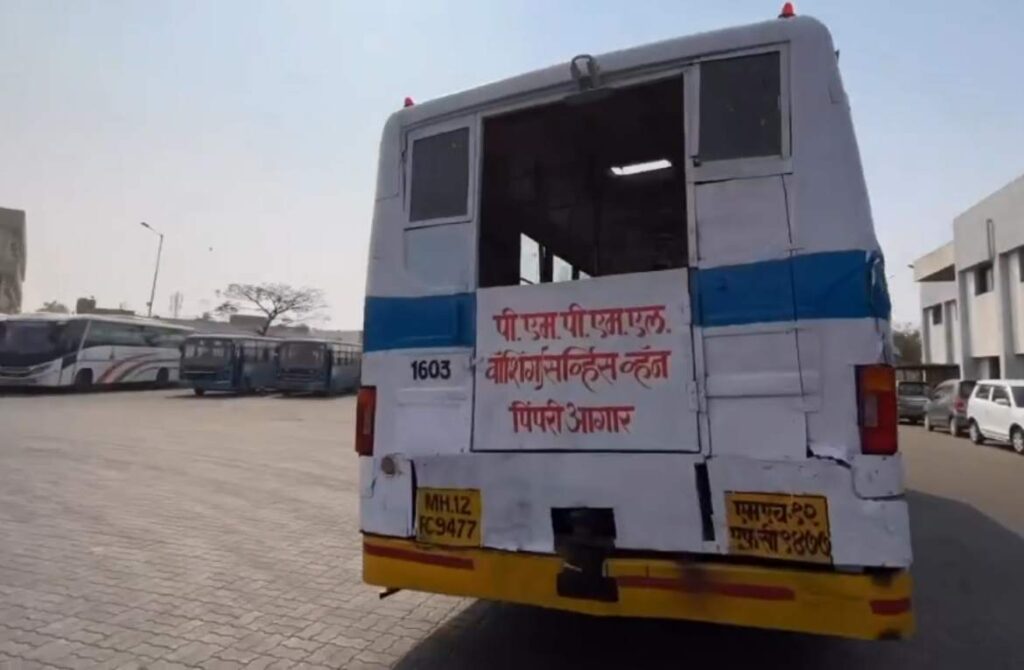The Brihanmumbai Electricity Supply and Transport (BEST) undertaking is looking at the possibility of running water taxi services between Gateway of India and various parts of Navi Mumbai including CBD Belapur, Uran and the Nhava Sheva Port (JNPT).
According to a report in the Times of India, the undertaking is in talks with the Maharashtra Maritime Board (MMB) and the Union Ministry of Shipping, Ports and Waterways (MoSPW) to study the requirements for running a water taxi service. According to the report, a water taxi boat costs ₹1.5 crore and can carry up to 12 passengers. With a budget deficit estimate of ₹2,000 crore in 2022-2033 and just a monthly grant of ₹60 crore per month from the Municipal Corporation of Greater Mumbai (MCGM), BEST’s parent body, the plan is currently in choppy waters.
BEST had launched a ferry service from Marve to Manori in the 1990s that was active in the early to mid 2000s. Here is a photograph of the same from 2005.

A roll-on/roll-off or Ro-Ro system was flagged off in 2020 by Uddhav Thackery and Ajit Pawar but that wound up services eventually.
Mumbai’s water transport system is a fledgling system, mostly consisting of boats being used by fisherfolk or for tourist purposes, mainly on the Gateway of India to Gharapuri Island (Elephanta Caves) route. Between 1994 and 1999, hovercraft services were operated by Mahindra and Mahindra between Vashi and CBD Belapur in Navi Mumbai and the Gateway on the island city. Services, however, wound up due to lack of proper permanent infrastructure. In November 2021, hovercraft were spotted off the coast of Navi Mumbai but that seems to have been defence-related.
In 2012, the Maharashtra State Road Development Corporation (MSRDC) decided to explore the public-private participation (PPP) model which didn’t work out. The Maharashtra Maritime Board (MMB) meanwhile set up the the Mahrashtra Water Transport Corporation (MWTC) to as an SPV which would establish the required infrastructure while private players took up operations.
In an article for Swarajya, titled Here’s How Mumbai Can Create A Robust Water Transit System that I had written in 2018, I had explored the different ways that Mumbai could take up the system, largely based on the prevalent system in New York City back then.
I will write a follow-up to this on the different models that can be explored, ranging from the Hooghly Nadi Jalpath Paribahan Samabay Samiti Limited in Kolkata, the Staten Island Ferry, NYC Ferry, NY Waterway and New York Water Taxi in New York City, the London River Bus, as well as the Kochi Water Metro from Kochi.
![]()


